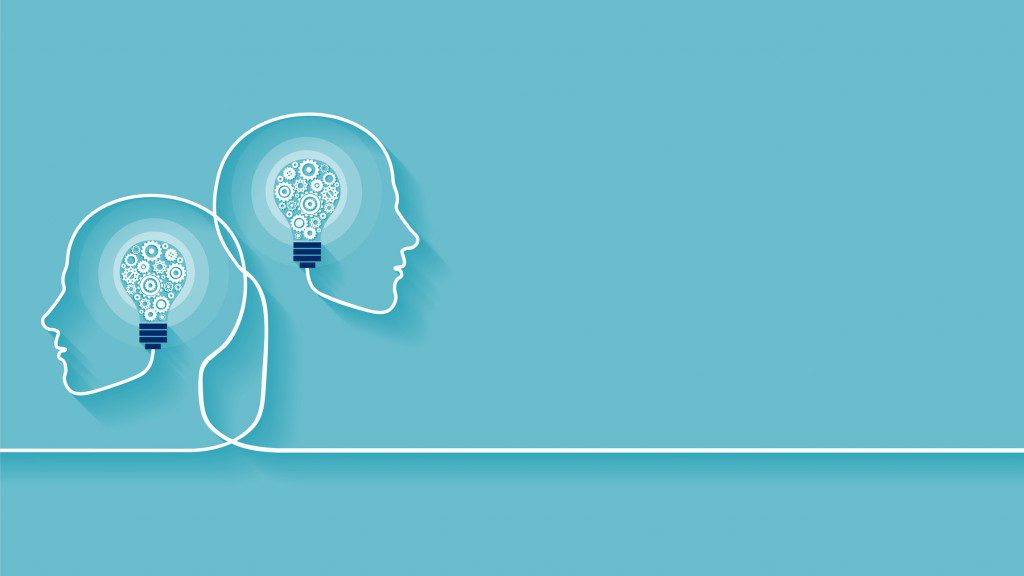Artificial Intelligence (AI) has rapidly permeated various sectors, transforming traditional methods and introducing innovative solutions. In education, AI’s role has expanded from simple administrative assistance to interactive learning tools. The question that arises is whether AI can replace human tutors in explaining homework to students. The answer is nuanced, considering the capabilities and limitations of AI in the educational landscape.

The Capabilities of AI in Education
AI’s primary strength lies in its ability to process vast amounts of data quickly and provide personalized learning experiences. Intelligent tutoring systems, powered by AI, can analyze a student’s performance, identify weaknesses, and offer tailored exercises to address specific learning gaps. These systems can provide instant feedback, allowing students to correct mistakes and understand concepts in real-time.
AI can also make learning more engaging through interactive and adaptive content. Tools such as QuestionAI.io and chatbots are available 24/7, offering help whenever students need it, beyond the constraints of a tutor’s schedule. For instance, platforms like Khan Academy and Coursera utilize AI to personalize learning paths, ensuring that students grasp foundational concepts before moving on to more complex topics.
The Limitations of AI in Tutoring
Despite its advantages, AI has notable limitations. One of the primary concerns is the lack of emotional intelligence. Human tutors can build rapport with students, understand their emotional states, and provide motivation and encouragement. This human element is crucial, especially for younger students who may need more than just academic guidance.
Moreover, AI explanations often follow a predefined structure, which may not always be effective for every student. While AI can adapt to some extent, it lacks the nuanced understanding that a human tutor can provide when a student is struggling with a concept. Human tutors can use diverse teaching strategies, draw from personal experiences, and adjust their approach based on the student’s reactions and questions in real-time.
Another challenge is the ethical aspect of relying on AI. Issues such as data privacy, algorithmic biases, and the digital divide can impact the effectiveness and fairness of AI tutoring systems. Not all students have equal access to technology, and those from disadvantaged backgrounds might miss out on the benefits of AI-driven learning tools.
The Complementary Role of AI and Human Tutors
Rather than replacing human tutors, AI can serve as a valuable supplementary tool. In an ideal educational setting, AI can handle routine tasks and provide initial explanations, while human tutors focus on more complex, higher-order thinking skills and emotional support. For example, AI can help with practice problems and immediate feedback, while human tutors can offer deeper insights, address misconceptions, and foster critical thinking and creativity.
Hybrid models, where AI supports human tutors, have shown promise. Tutors can use data from AI systems to better understand a student’s needs and tailor their teaching strategies accordingly. This synergy allows for a more personalized and effective learning experience, combining the best of both worlds.
Conclusion
In conclusion, while AI has made significant strides in the field of education, it cannot wholly replace human tutors, especially when it comes to explaining homework to students. The lack of emotional intelligence and personalized, adaptable teaching strategies means that human tutors remain essential. However, AI can complement human efforts, creating a more efficient and personalized learning environment. The future of education likely lies in the integration of AI and human expertise, harnessing the strengths of both to enhance student learning outcomes.